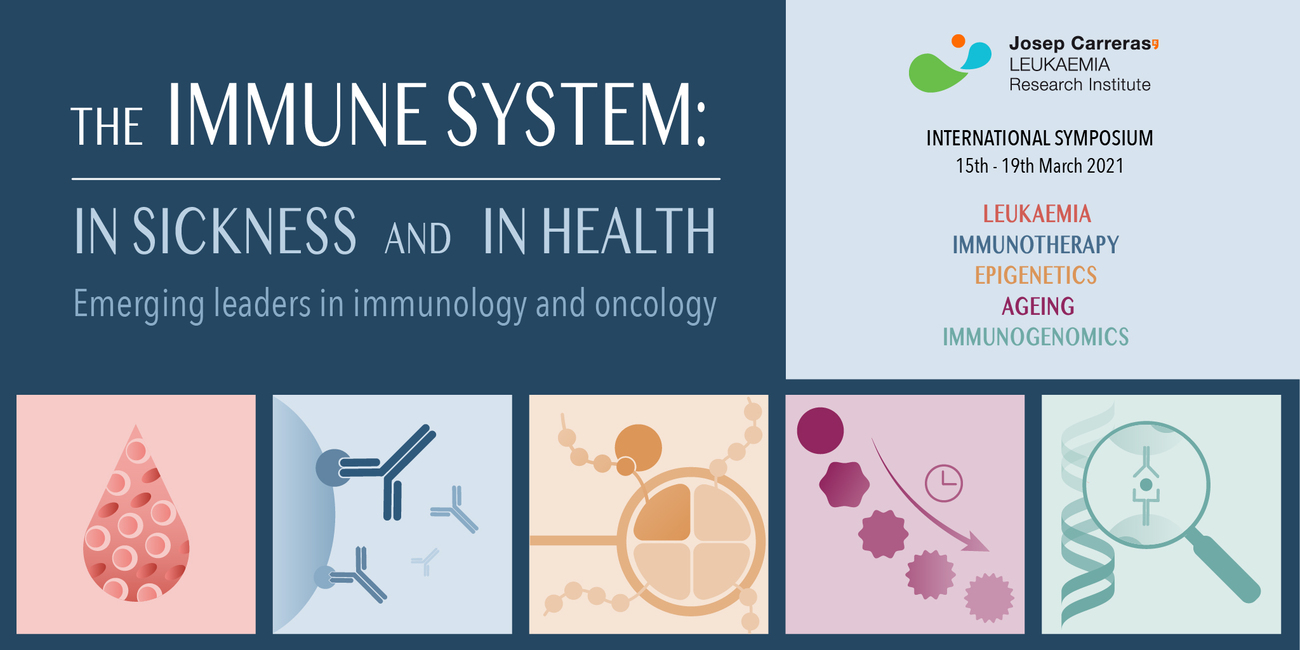Myelodysplastic Syndrome heterogeneity revealed using single cell technology
Researchers from the Myelodysplastic Syndrome group at Josep Carreras Leukaemia Research Institute describe the diversity of cancer cell populations coexisting in patients of the disease, using single cell resolution for the first time.

Myelodysplastic Syndromes (MDS) are a group of blood malignancies with mild prognosis, characterized by an aberrant differentiation of the hematopoietic stem cells in the bone marrow. These are the cells responsible for the formation of most of the cells found in the bloodstream, like erythrocytes, leucocytes and platelets. The onset of MDS implies the shortage of one of these types and its associated consequences. MDS may progress to Acute Myeloid Leukemia, a much more aggressive blood cancer.
Researchers from the Myelodysplastic Syndromes Group at the Josep Carreras Leukaemia Research Institute, led by Dr. Francesc Solé, have used the single cells emerging technology for the first time to study the different tumor cells populations in a small group of patients. Their paper, recently published at the high-impact journal Cancers, acknowledges the contribution of ICO-Germans Trias i Pujol, ICO-Hospital Verge de la Cinta de Tortosa and the Hospital Universitario de Salamanca.
Using this emerging technology, the scientists have isolated cells from four MDS patient’s samples (around 175 cells per patient) and analyzed the particular genetic characteristics of each one. The analysis demonstrates that, despite being all four patients included in the same group according to the WHO classification (2017) -MDS with deletion of chromosome 5 long arm, or del(5q)- cells from each patient were highly heterogeneous on their alterations.
The reported heterogeneity is nothing new. Cancer cells are known to undergo a spiral of genetic instability leading to the accumulation of many alteration on their genetic information. However, cytogenetic studies and traditional massive sequencing approaches do not reach the resolution to offer a complete map of the distinct cell populations coexisting in a patient, often leaving small subclones undetected that may carry troublesome alterations in the future, like mutations in TP53 gene, conferring resistance to Lenalidomide (the drug administered to many del(5q) patients).
The results of this preliminary, small-scale study, underline the idea that single cell approaches are promising, and further analysis using larger patient cohorts will be needed to understand more deeply the complexity of this and other hematologic neoplasia.
Reference article:
Analysis of Intratumoral Heterogeneity in Myelodysplastic Syndromes with Isolated del(5q) Using a Single Cell Approach.
Acha, P.; Palomo, L.; Fuster-Tormo, F.; Xicoy, B.; Mallo, M.; Manzanares, A.; Grau, J.; Marcé, S.; Granada, I.; Rodríguez-Luaces, M.; Diez-Campelo, M.; Zamora, L. and Solé, F.
Cancers 2021, 13, 841. https://doi.org/10.3390/cancers13040841